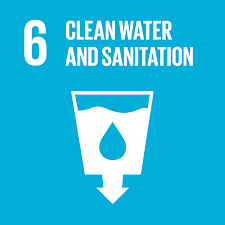
CLEAN WATER AND SANITATION
Where water is extracted (for example from aquifers, lakes or rivers) utilise sustainable water extraction technologies on associated university grounds on and off campus.
No. | Description | Evidence | ||||||||||||
|---|---|---|---|---|---|---|---|---|---|---|---|---|---|---|
1. | The collaboration between the Ministry of Utility and Telecommunication and Universiti Malaysia Sarawak (UNIMAS) highlights a shared commitment to improving water management and sustainability in Sarawak. Through this partnership, UNIMAS contributes research expertise and technical training to enhance water production quality and workforce competency in the sector. This initiative aligns closely with sustainable water extraction practices on campus, as UNIMAS can apply similar technologies and principles in managing its own water resources—ensuring that water drawn from natural sources such as aquifers or rivers is done responsibly. By integrating innovative and efficient water treatment and extraction systems within university grounds, UNIMAS not only supports state-level water security goals but also demonstrates leadership in sustainable water management and conservation at both institutional and community levels. | |||||||||||||
2. | UNIMAS primarily relies on treated municipal water supplied by local authorities, the university incorporates sustainable water-extraction and water-resource technologies within its campus through research facilities, pilot projects, and environmental management systems. Faculties such as Engineering and Resource Science & Technology (FRST) operate water-research units that demonstrate sustainable extraction and treatment methods, including groundwater and surface-water quality monitoring, slow-sand filtration systems, biofilter technologies, and mini water-treatment plants used in both campus settings and rural outreach locations. These technologies emphasise minimal ecological disruption, safe abstraction rates, and environmentally responsible water handling. UNIMAS also integrates rainwater harvesting systems at selected buildings and research sites to reduce reliance on treated water, showcasing sustainable extraction from natural rainfall. In addition, hydrology researchers routinely assess aquifer safety, catchment integrity, and river-health impacts around the campus area to ensure that any water-related activities align with long-term environmental protection and sustainable-yield principles. | |||||||||||||


